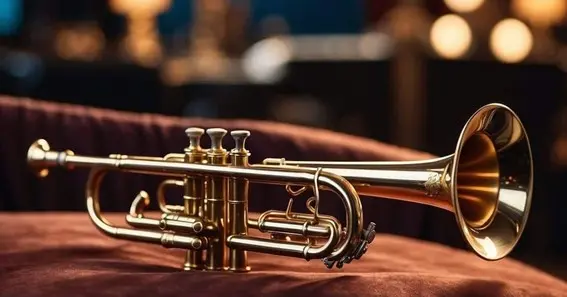The Symphony Essentials Trumpets Library by Native Instruments is designed to provide composers and producers with high-quality trumpet sounds for their musical projects. One notable feature of this library is its use of multiple output channels.
Understanding Multiple Output Channels in Symphony Essentials Trumpets
Multiple output channels in virtual instrument libraries like Symphony Essentials Trumpets offer several advantages:
- Enhanced Mixing Flexibility:
- By routing different articulations or microphone positions to separate channels, composers can apply individual processing, such as EQ, compression, or reverb, to each channel. This allows for a more tailored and polished sound in the final mix.
- Improved Spatial Placement:
- Multiple outputs enable precise control over the spatial positioning of the trumpet sounds within the stereo field. Composers can place different trumpet sections or articulations in specific locations, creating a more realistic and immersive listening experience.
- Efficient Workflow:
- Utilizing multiple outputs can streamline the workflow by allowing simultaneous processing of various elements of the trumpet library. This efficiency is particularly beneficial in complex compositions where quick adjustments are necessary.
Also Read N: Exploring Career Opportunities with the City of Fort Myers
How to Utilize Multiple Output Channels
To effectively use multiple output channels in Symphony Essentials Trumpets:
- Configure Outputs in Your DAW:
- Ensure that your Digital Audio Workstation (DAW) is set up to handle multiple outputs from the Kontakt player. This may involve activating additional output channels and routing them appropriately.
- Assign Articulations to Outputs:
- Within the Kontakt interface, assign different trumpet articulations or microphone positions to specific output channels based on your mixing preferences.
- Apply Individual Processing:
- Use your DAW’s mixing tools to apply distinct processing to each output channel, tailoring the sound to fit your composition’s needs.
Also Read P: Unveiling the Enigma of “Kopra” Artwork
Conclusion
The use of multiple output channels in Symphony Essentials Trumpets provides composers with greater control over their mixes, allowing for enhanced flexibility, improved spatial placement, and a more efficient workflow. By leveraging this feature, users can achieve a more refined and professional sound in their musical projects.
FAQs
- What are multiple output channels in virtual instruments?
- They allow different sounds or articulations within a virtual instrument to be routed to separate channels in a DAW for individual processing.
- How do multiple outputs benefit my compositions?
- They offer enhanced mixing flexibility, allowing for tailored processing and precise spatial placement of sounds.
- Is it difficult to set up multiple outputs in my DAW?
- The setup process varies by DAW but typically involves activating additional output channels and routing them appropriately.
- Can I use multiple outputs with other Symphony Essentials instruments?
- Yes, many instruments in the Symphony Essentials series support multiple output channels for enhanced control.
- Do I need any special hardware to use multiple outputs?
- No special hardware is required; this feature is managed within your DAW and the Kontakt player.
Enjoy this easy-to-read article tia-hernlen
- No special hardware is required; this feature is managed within your DAW and the Kontakt player.










